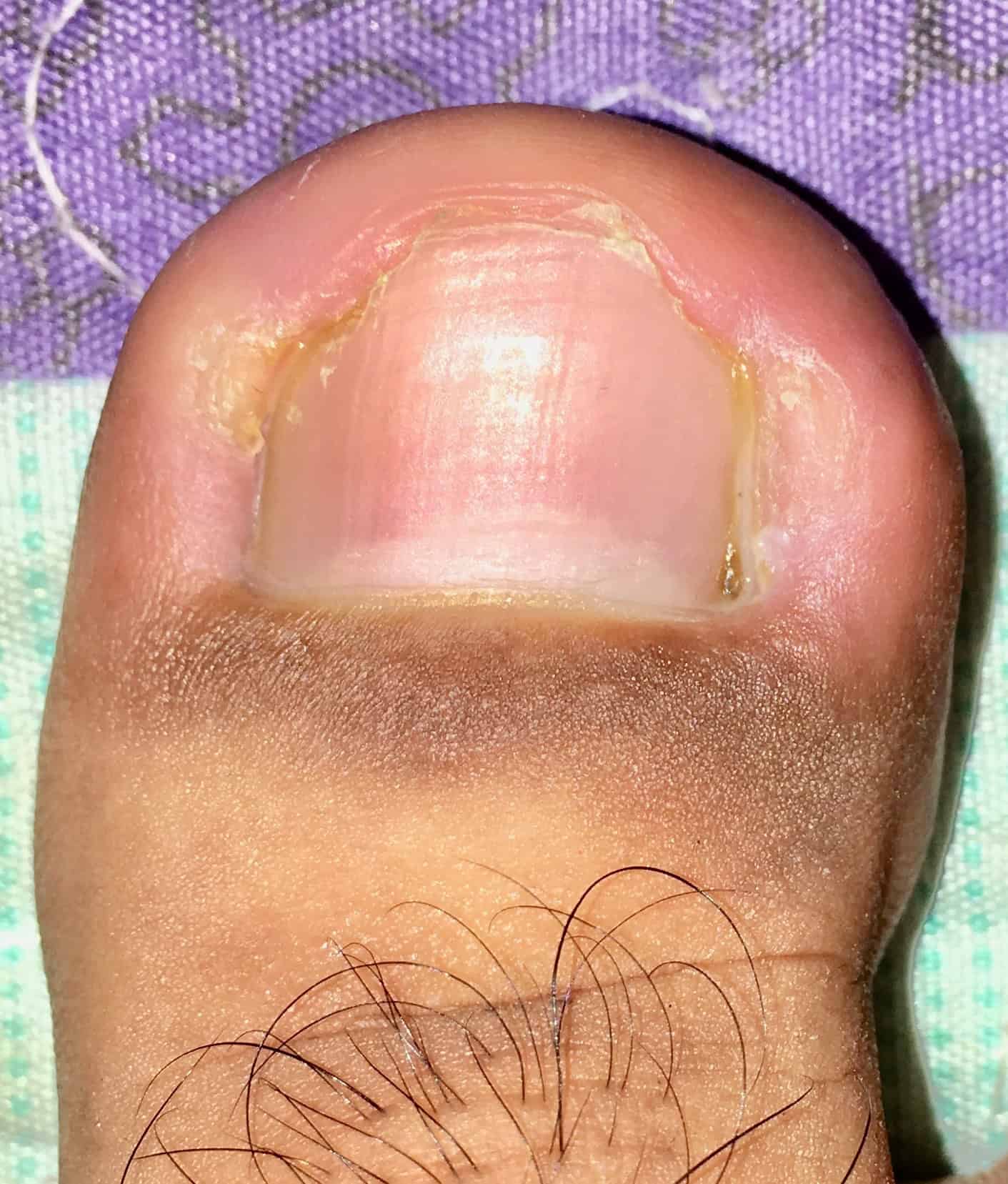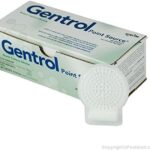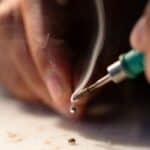Ingrown toenails can be painful and annoying if not treated properly. The key to fixing an ingrown toenail starts with soaking your foot in warm water several times a day. This softens the nail and the skin around it, making it easier to manage.
To gently lift the nail edge, place a small piece of cotton or dental floss under it. This helps the nail grow above the skin instead of into it. Make sure to change the cotton or floss every day to keep the area clean and reduce the risk of infection.
For more severe cases, or if there is pus or a lot of pain, it is best to see a doctor. A healthcare provider may trim or remove part of the nail that is causing trouble. Proper nail care and wearing well-fitting shoes can also help prevent future ingrown toenails.
Understanding Ingrown Toenails
Ingrown toenails are a common problem where the edge of a toenail grows into the skin. This can cause pain and other uncomfortable symptoms.
Causes and Risk Factors
Several factors can cause an ingrown toenail. Incorrectly cutting toenails is a major cause. If toenails are cut too short or too rounded, the nail may grow into the skin. Improperly fitting shoes that squeeze the toes can also cause this problem.
Injuries like banging your toe or getting stepped on can lead to an ingrown toenail. Certain shapes of toes or toenails make some people more likely to get them. Diabetes and poor blood circulation can increase the risk too, making it harder for the body to heal. Infections caused by bacteria or fungus can worsen the problem.
Recognizing Symptoms
Certain signs can help identify an ingrown toenail. Pain and tenderness around the nail are common. The area might look red and feel swollen. In more serious cases, there can be pus or inflammation. The skin may also become hard or tender.
If the nail cuts into the skin deeply, an infection could happen. People might notice that the big toe is more often affected. If left untreated, the pain can increase and make it hard to walk. People with health conditions like diabetes should be especially careful, as it can lead to more serious problems.
Effective Treatment Options
To treat an ingrown toenail, you can try home remedies or seek medical interventions. Home treatments can be simple and done with items you might already have. For more severe cases, a healthcare provider can offer effective medical solutions.
Home Remedies
Soak your foot in warm water for 15-20 minutes. This helps reduce swelling and eases pain. Adding Epsom salt can make the soak more effective.
After soaking, place a small piece of cotton or dental floss under the edge of the toenail. This can help the nail grow above the skin. Replace this cotton or floss daily.
Apply an over-the-counter antibiotic cream like Neosporin to prevent infections. Cover the area with a bandage to keep it clean and protected.
Wear comfortable shoes with enough room for your toes. Tight shoes can make ingrown toenails worse. Choose open-toed shoes whenever possible to reduce pressure on the nails.
Medical Interventions
For severe ingrown toenails, visit a doctor or podiatrist. They might prescribe stronger antibiotics if there is an infection.
In some cases, a minor surgery may be needed. This can involve removing part of the toenail (nail avulsion) or destroying the nail root (matrixectomy) for a permanent solution. Typically, the doctor will numb the toe with a local anesthetic before the procedure.
A toe brace or splint can also help by lifting the nail and guiding its growth. Over-the-counter pain relievers like acetaminophen (Tylenol) or ibuprofen can help with any pain.
Always follow your healthcare provider’s advice for treating an ingrown toenail to avoid complications.
Frequently Asked Questions
Ingrown toenails can be painful and annoying. Here are common questions and clear answers to help you manage and prevent them.
What are the effective methods for relieving pain from an ingrown toenail?
Soaking the foot in warm water several times a day can help. Try to keep it in the water for 15-20 minutes. Using over-the-counter pain relievers like ibuprofen can also ease discomfort.
What home remedies can be used to draw out an ingrown toenail?
Soak the foot in warm, soapy water. Placing a small piece of cotton or dental floss under the edge of the nail may help lift it from the skin. Using antiseptic solutions can prevent infection.
What are the signs of infection in an ingrown toenail?
Look out for increased redness, swelling, and pain. Pus or fluid drainage is another sign. If you notice a bad smell, you likely have an infection.
How can I safely remove an ingrown toenail at home?
Avoid digging at the nail. Soak your foot and gently lift the edge of the nail when it’s soft. Place a small piece of cotton under the nail to keep it elevated.
What preventive measures can avoid the recurrence of ingrown toenails?
Wear shoes that fit well and avoid tight socks. Cut your nails straight across, not in a curve. Keep your feet clean and dry. Avoid cutting nails too short.
When should someone with an ingrown toenail seek professional medical treatment?
If home treatments don’t work, see a doctor. Also, if you experience severe pain, signs of infection, or have conditions like diabetes, contact a healthcare provider.







